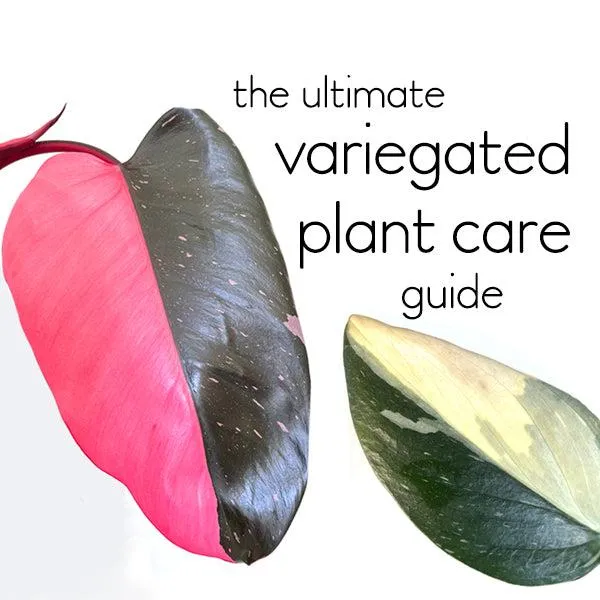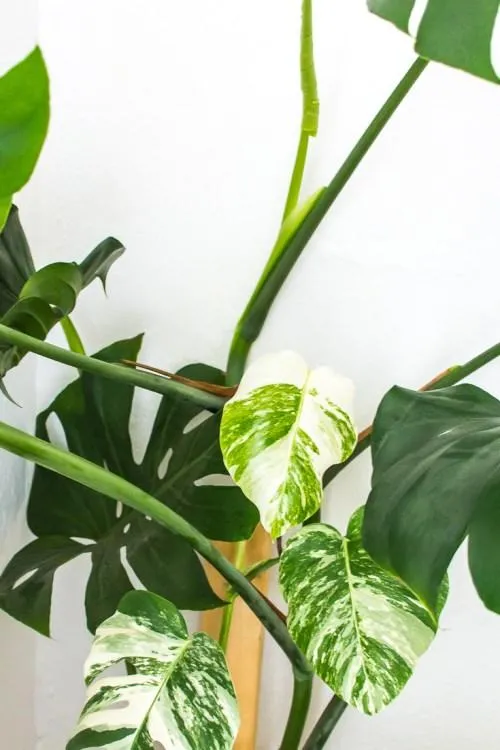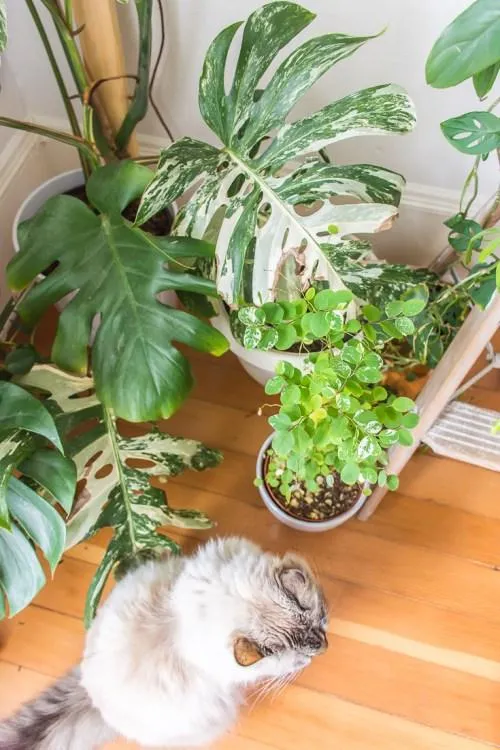How to Create Stunning Variegated Plants
Variegated plants have various patterns of color in their leaves that make them very attractive additions to any indoor or outdoor space. The contrasting light and dark colored sections create a unique look not found in regular green foliage. If you’re interested in growing these eye-catching plants but not sure where to start, this guide will walk you through the different methods for producing variegated varieties so you too can enjoy their striking appearance.
Understanding Variegation
Variegation occurs due to a genetic mutation that prevents certain areas of a plant’s leaves from producing chlorophyll, the pigment responsible for the typical green color. Without chlorophyll to mask them, other pigments like white, cream, yellow or pink shine through. This mosaic-like patterning creates a foliar feature that collectors love.
There are two main types of variegation – stable and unstable. Stable variegation will reliably produce leaves with the same pattern over successive generations. Unstable varieties may produce a mix of regular green leaves along with variegated ones as the mutation is not locked in. Striving for stable traits is a goal when attempting to introduce variegation.
Methods for Creating Variegated Plants
Here are the main techniques hobbyists use to come up with new variegated cultivars:

- Tissue culture. Taking plant cells or meristem tissue in a lab and manipulating them through procedures like mutagen treatment can spark genetic changes leading to variegation. This allows directly introducing traits without waiting for natural mutations.
- Propagation and selection. Carefully propagating from variegated plants via cuttings, division or seeds and selectively breeding specimens that exhibit the brightest, most stable color patterns over time. Offspring may stabilize a variegated characteristic first appearing as a chimeral mutation.
- Modifying growing conditions. Subjecting plants to stresses like extreme temperatures, ethylene gas exposure, or mineral deficiencies may trigger somatic mutations resulting in variegated leaves. Growing under special lamps can also coax forth new color variations.
- Grafting. Grafting tissue from a variegated plant onto a rootstock can sometimes carry the mutation, especially if it’s confined to the top growth or chimeral in nature. This transfers the trait without sexual reproduction.
Putting it into Practice
Here are some real-world experiences I’ve had attempting to generate variegated plants using the methods described:
With tissue culture, I once successfully induced variegation in a pothos vine cutting. After treating it with a chemical mutagen, one plantlet grew leaves splotched with cream and green. Sadly it didn’t stabilize. Tissue culture takes skill but offers direct manipulation.
Propagating from a variegated fig tree my Nonna gifted me, several offspring displayed the marbled green and white pattern. Selecting the brightest specimens to re-propagate over subsequent years locked the trait in a stable line, just as planned.
Subjecting syngonium cuttings to cold stress shocked some into producing striped pink and green foliage. While it was a happy accident, extreme temperatures can encourage helpful mutations occasionally, though results aren’t guaranteed.

Grafting a variegated Japanese maple branch onto a rootstock resulted in a tree exhibiting the trait throughout, showing how grafting transfers top growth mutations. It takes patience but ensures the variegation persists true-to-type.
Tips for Success
Here are some additional pointers derived from research and experience to boost your chances of coaxing forth attractive variegated plants:
- Start with a hearty, fast-growing species amenable to propagation to accelerate the selection process.
- Maintain meticulous records tracking parentage and traits to thoroughly document achievements.
- Provide optimal growing conditions to encourage abundant, healthy new growth conducive to genetic changes.
- Be persistent – it can take years of trials to stabilize a trait via propagation-based selections.
- Network with other variegation fanatics to swap cuttings and gain exposure to diverse parent stocks.
- Remain open-minded, as unexpected mutations may lead to serendipitous discoveries.
Admiring Finished Masterpieces
With diligence and a little luck, you could end up proudly exhibiting stunning new variegated cultivars of your own. Nothing quite compares to gazing upon a plant fresh off your genetic assembly line, its candy-colored patterns calling to be snapped up by envious plant-lovers. Playing breeder and seeing visions through to fruition is exhilarating. While success isn’t guaranteed, each try furthers botanical knowledge. Who knows – you might create the next hyped variety sending variegation collectors into a frenzy!
I hope this guide has helped dispel any confusion around techniques for inducing variegation. With the right approach, patience and gardening skills, developing spectacular new palette-popping plants is within reach. Please let me know if you have any other questions – I’d be happy to offer additional advice and tips from my variegation endeavors. Happy growing!

Tips for Making Variegated Plants
| Plant Type | Most Common Variegation | Care Tips |
|---|---|---|
| Peperomia | White edges | Bright light, allow soil to dry between waterings |
| Monstera | White splashes and lines | Moderate light, infrequent watering |
| Philodendron | Yellow or cream stripes | Bright indirect light, keep soil consistently moist |
| Pothos | Yellow or white margins | Low light, allow soil to dry slightly between waterings |
| Chinese Evergreen | White splashes and edges | Bright indirect light, water when top inch of soil is dry |
FAQ
-
What is variegation?
Variegation basically means that a plant has more than one color in its leaves or stems. Commonly, variegated plants will have green and white or yellow markings.
-
How do plants become variegated?
There are a number of ways that plants can end up variegated. Sometimes genetic mutations cause sections of the plant to not produce chlorophyll. Variegation can also be encouraged through propagation. Cuttings are taken from an existing variegated plant to replicate the color pattern.
-
What kinds of plants can be variegated?
Just about any plant can potentially have a variegated variant. Popular choices include hostas, pothos, philodendron, and monstera. Perennials, ground covers, vines, trees – the options are endless. Even vegetables have been bred for variegation, such as rainbow chard and tomato.
-
How do you care for variegated plants?
While variegated plants do need a bit of extra care, their care isn’t too different from their solid green counterparts. The white sections can’t produce chlorophyll, so they require extra sun exposure. Otherwise, water, fertilize, and provide support as needed for each species. Be on the lookout for leaf drop on the variegated parts as well.

-
What are the benefits of variegated plants?
Aside from just looking pretty amazing with their splash of colors, variegated plants offer gardens a little something extra. Their patterns provide visual interest without a lot of effort. They also tend to perform better than solid green plants in low-light rooms. Variegation has become sort of a stylish trend too. Why go plain when you can add personality?
So if you want to spice up your outdoor or indoor plantings, seek out some variegated specimens. They are endlessly stunning and low maintenance once established. You never know, a genetic mutation could cause your regular plant to suddenly showcase beautiful colors too. I’ve heard many gardener tales about “ordinary” plants that suddenly reinvented themselves right before their eyes.
